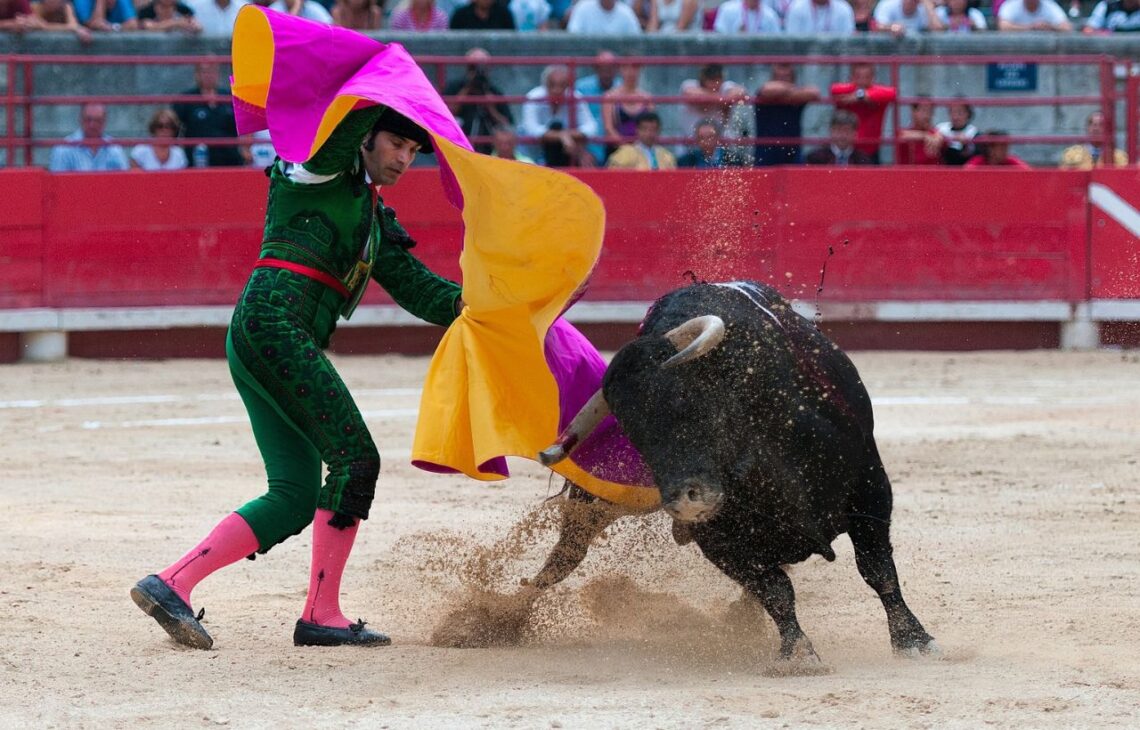
Traditional Spanish bullfighting in Madrid
Traditional Spanish bullfighting, or “corrida de toros,” has been a cultural event in Madrid for centuries. The bullfighting tradition is deeply rooted in Spanish history, and Madrid is home to some of the most famous bullrings in the world. While bullfighting is controversial due to concerns about animal welfare, it remains a significant part of Spanish culture and attracts millions of tourists every year.
History and Origins of Traditional Spanish Bullfighting
The origins of bullfighting can be traced back to ancient Rome, where gladiatorial contests were held in large arenas. Over time, these contests evolved into a more stylized and choreographed form of entertainment that came to be known as “tauromachia.” Bullfighting eventually became a popular pastime in Spain, where it became a symbol of the country’s national identity and cultural heritage.
The Role of Matadors in Spanish Bullfighting
At the heart of a traditional bullfight is the matador, the skilled bullfighter who faces the bull in the arena. Matadors are revered figures in Spanish culture, and their costumes and performances are steeped in tradition. The matador’s objective is to showcase his bravery and skill by engaging in a series of choreographed maneuvers with the bull, culminating in the final act of killing the bull with a sword.
The Cultural Significance of Bullfighting in Madrid
Bullfighting has long been an integral part of Spanish culture, and it remains a popular form of entertainment in Madrid. Bullfighting is considered an art form, and many Spaniards view it as a symbol of their national identity. The Plaza de Toros de Las Ventas, located in the heart of Madrid, is one of the most famous bullrings in the world and has been the site of many legendary bullfights.
Bullfighting and Animal Welfare
Despite its cultural significance, bullfighting has been the subject of controversy and debate due to concerns about animal welfare. Critics argue that bullfighting is a cruel and inhumane practice that causes unnecessary suffering to the animals involved. Supporters of bullfighting, however, argue that it is a deeply ingrained part of Spanish culture and should be preserved.
The Future of Bullfighting in Madrid
In recent years, the popularity of bullfighting has waned, and many younger Spaniards no longer view it as a necessary part of their cultural heritage. As a result, some regions of Spain have banned bullfighting altogether, while others have implemented stricter regulations to protect the welfare of the animals involved. In Madrid, however, bullfighting remains a popular form of entertainment, and the Plaza de Toros de Las Ventas continues to attract millions of tourists every year.
In conclusion, traditional Spanish bullfighting is a deeply ingrained part of Madrid’s cultural heritage, and it remains a significant form of entertainment for many Spaniards and tourists alike. While the practice is controversial and has faced criticism for its treatment of animals, it is also steeped in tradition and history. As Spain continues to grapple with the ethical implications of bullfighting, the future of this cultural tradition remains uncertain.